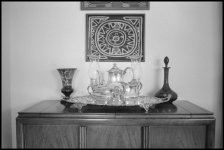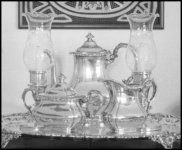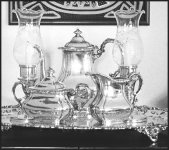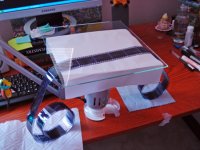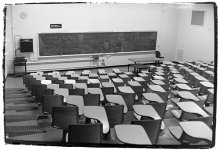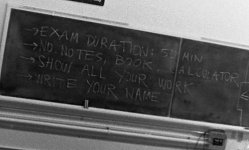Ewoud
Perceptol Addict
I've just met a guy who says he prefers photographing his slide's and negatives with a macrolens on his dSLR, using a lichtbox with daylight temperature.
Like this thing:
http://www.photowarehouse.co.nz/product.php?i=127488
Has anybody gotten any experience with this.. ?
It sounds kinda cheap but could spare me like 300 euro's for a nice scanner.
I found one of those lichtboxes for like 70 euro's somewhere..
Like this thing:
http://www.photowarehouse.co.nz/product.php?i=127488
Has anybody gotten any experience with this.. ?
It sounds kinda cheap but could spare me like 300 euro's for a nice scanner.
I found one of those lichtboxes for like 70 euro's somewhere..




